We approached the gorgeous hills of Dayr Aban in the bright sunshine. With around 2,000 inhabitants in 1948 it is one of the larger sites we have visited. Sixty seven years ago the village was spread across these slopes; the arched stone remains really give a sense of how stunning it was. What a beautiful village it must have been.
Today the land is still beautiful, but fir trees have been planted to transform the hills, to disguise its former life. It didn’t take much searching though, to see the homes that once were. Poking out among the greenery, doorways and walls reveal that this place is more than just a nice bike trail or a great place to hike.
Or somewhere to get married… Today on the land that used to be the bustling village of Dayr Aban, there is now a private company operating a wedding venue. A crisp garden is walled in by the same stones the villagers once used. A modern building of wood and glass walls, filled with round tables set for a celebration, stands metres away from the old ruins.
Michael – our local Israeli guide – had told us about this last night, had showed us photos of the empty Palestinian homes decorated for the use of the newly married couple; shaking his head sadly he’d muttered “bad karma, if you ask me…” It sent us reeling today, to see this setting of Palestine’s catastrophe, used for people to celebrate their love.
Last five photos from: http://www.deretz.co.il/EnglishDefault.aspx
We climb the rocks and wonder through some of the village, marveling at the architecture, soaking in the beauty, reflecting on the outrageous injustice of it all. Refugees from Dayr Aban living in cramped camps, while there is all this luscious space, the place of their roots, their memories, and their homes, so close. And they are not allowed to travel the handful of kilometers to even see it. It feels absurd.
We knock on the door of the wedding venue. The manager is around: smartly dressed, approachable. Michael starts by asking him what he knows about the old Palestinian village, “no, I don’t know the name,” he shrugs. “The Arabs ran away – there were some rumours spread and they left.” As simple as that. “Nobody died”, he is quick to add. “That’s the story, nothing to cry about”.
Dayr Aban was surrounded by armed Jewish forces in January 1948. It was a punitive expedition that targeted Dayr Aban and nearby Zakariyya and Bayt Nattif, in response to an Arab attack on the Jewish Gush Etzyion settlements south of Bethlehem. The Palestinians of these villages weren’t involved in the attack. From its birth until today, collective punishment is a tactic regularly employed by the Israeli military.
That wasn’t the last of the fighting. The village was later completely occupied by Zionist militia in October 1948.
Last week I met with refugees from Dayr Aban at Dhesheh refugee camp in Bethlehem. Naji Owdah, who is the director of the the buzzing Laylac social centre, told me about organising a trip to the village with the elderly members of the camp, including his mother who was a young woman in 1948.
He described the momentary disorientation the new trees caused the Nakba generation, the tearful delight as his mother washed her face using the water from the old well, and the smell of olives that still emanated from the old olive press, which had been covered for so long.
Naji also showed me an incredible book. A detailed history of Dayr Aban, filled with facts and figures. It featured family trees of all of the families in the village, as well as pages on births and deaths. In the year 1948, many deaths were recorded. Martyrs, Naji explains. He relates stories his mother had told him, of hiding in a cave on the hill side, hoping to wait it out, until the fighting passed. She said that those who returned to the village, to retrieve belongings or because they thought it was safe, were never seen again.
We challenged the man before us, framed by the doorway of a wedding venue on the land of Dayr Aban. “People did die”, we say, “there was fighting here, a battle. People did not simply run away, they were forced from their land”. “Well, that is another story, I don’t know about that.”
And whilst he chooses to stand there and talk about this for 20 minutes, he says he is not interested in meeting some of the refugees from Dayr Aban who will come to visit a week later.
Outrage and horror bubble close to the surface, but we keep calm, as we are repeatedly told “they’re just stories”. “People need to get on with their lives”.
We have talked a lot here about stories. About finding the stories and retelling them when they are not being told, about hunting for them under new architecture and vast forests. But they are never just stories. They are people’s realities that shape their lives to this day.
This isn’t a history that can be relegated to the past. Palestinians are still living the reality of the ethnic cleansing of 1948. A third generation is living the reality of life as a refugee; forced to ask Israel – the occupying force – for permission to visit their former home, or their capital city, or the sea. Permission that is expensive, if it can be obtained at all. A third generation is living within the increasingly cramped space of the refugee camp, without space to breathe or think, with limited water, low standards of education, and increasingly caged in by the wall and check points.
These are not just stories.
We walk down the hill, leaving the old stones, olive trees, and almond blossom glittering in the sun. Glorious gems of the natural world, which somehow humans have made so complicated.
In the future, we hope to upload some video clips of meeting refugees from Dayr Aban, and perhaps some transcription of our enlightening conversation with the manager of the wedding venue. Right now our office is a tent on a chilly night, but watch this space!
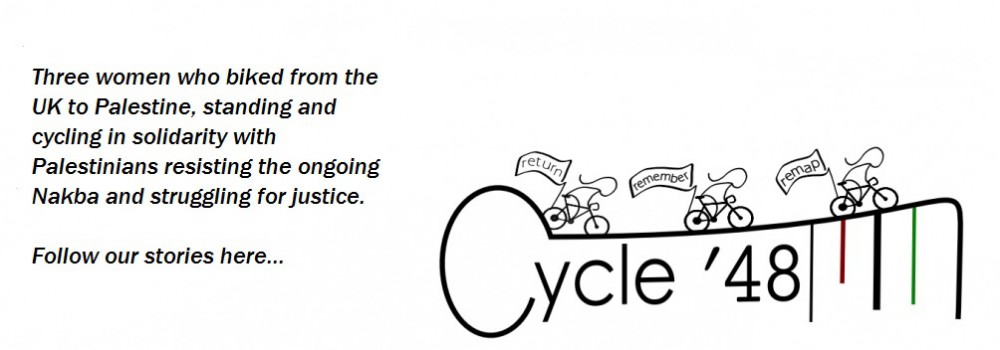
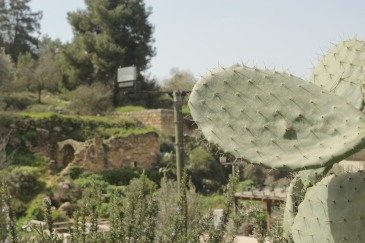

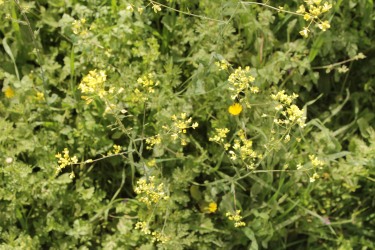

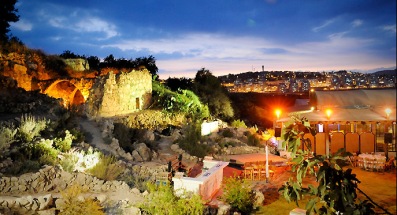
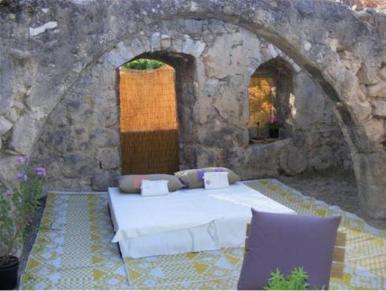

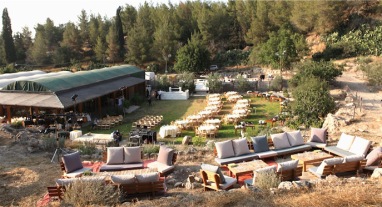

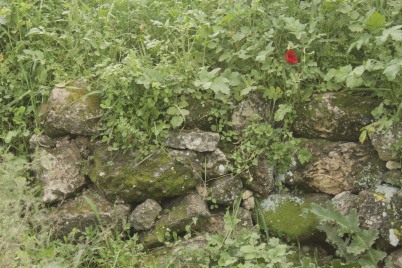


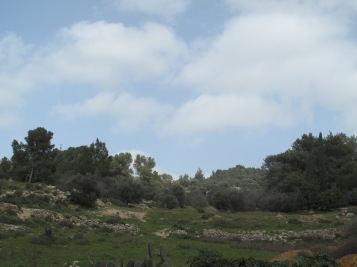
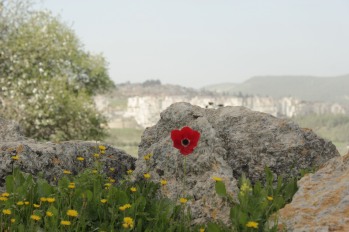


This is absolutely lovely, thank you so much for sharing your beautiful journey and all these beautiful memories. They really are so much more than just stories.
LikeLiked by 1 person
They really are. Thank you for following Jonathan.
LikeLike
A sad journey perhaps but a good journey too. I found it very interesting and enjoyed the photos. History needs to be recorded. Stories need to be told. Education is key. Thank you.
LikeLiked by 1 person
Indeed. Thanks so much Mary.
LikeLike
Thanks girls for you gave me the opportunity to be part of the Tour, today, and thank you for listening generously to the story of the Nakba of 48 refugees
https://www.facebook.com/Michael.Kaminer/media_set?set=a.10153660698607516&type=3
LikeLiked by 1 person
Thank YOU Michael, what a moving day. We are so glad to have met you.
LikeLike
The link is to the images I photographed today in Deir Aban
LikeLike